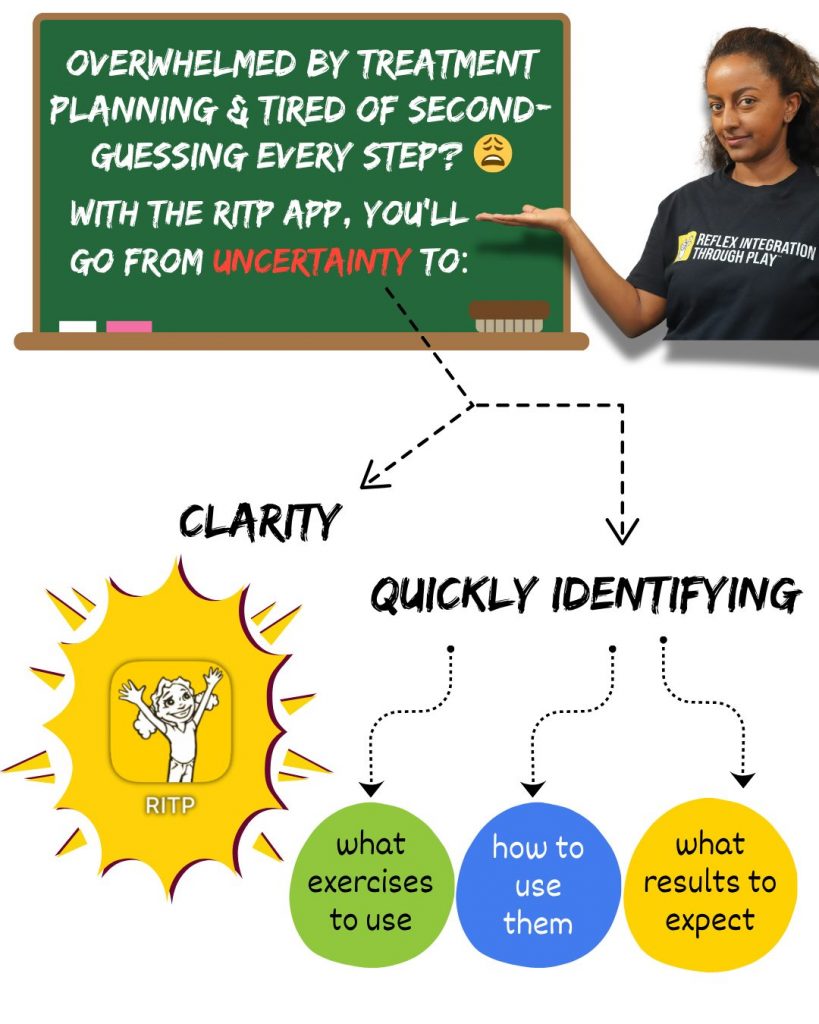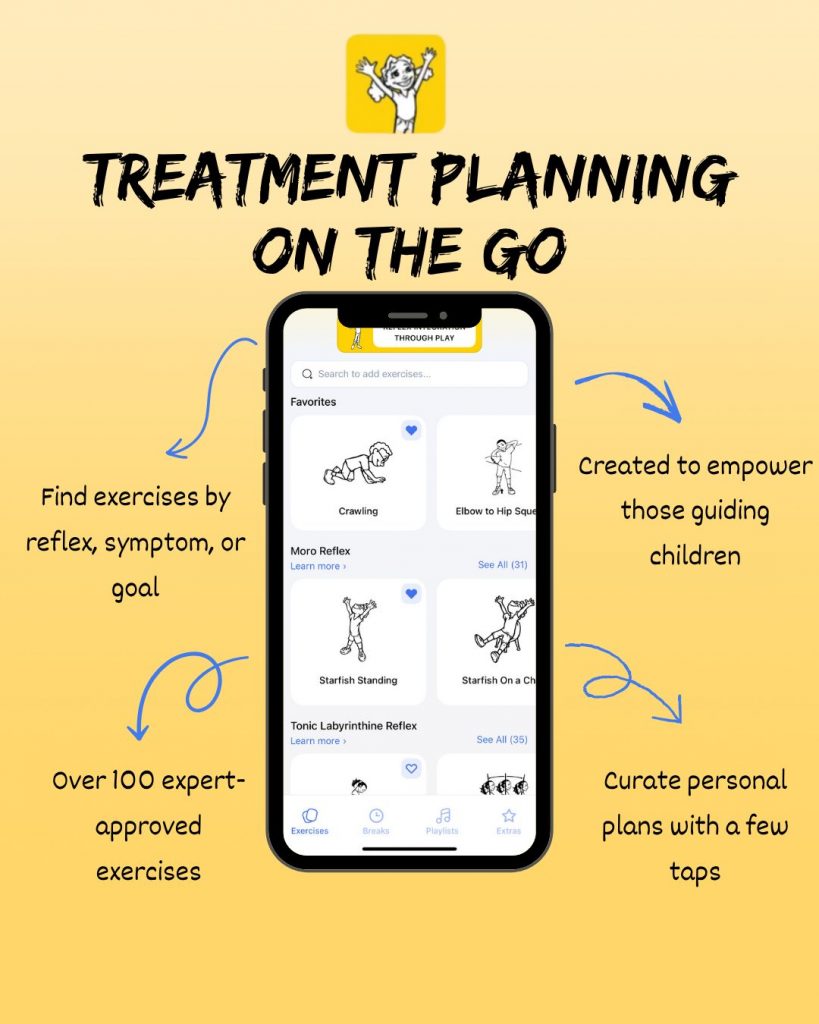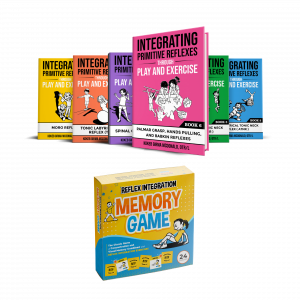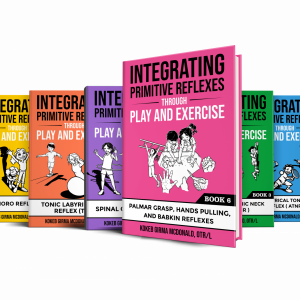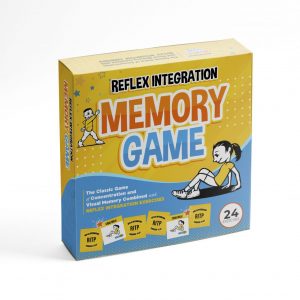Is Poor Posture in Kids a Reflex Issue? Understanding the Tonic Labyrinthine Reflex (TLR)
If you’ve ever noticed a child with slumped shoulders, poor balance, or awkward movement patterns and wondered why — the answer might be rooted in retained reflex patterns. Specifically, the Tonic Labyrinthine Reflex (TLR).
In our latest episode, we dive into Book Four of the Reflex Integration Through Play series, which focuses entirely on TLR — a foundational reflex pattern that plays a major role in full-body movement, balance, and coordination.
What Is the Tonic Labyrinthine Reflex?
The TLR is an early-developing reflex triggered by head movement. It governs how the body responds in flexion and extension, and it’s active in the first few months of life. When retained beyond infancy, it can interfere with muscle tone, posture, and overall movement quality — often showing up as low toned, poor posture, poor balance, or toe walking.
Why TLR Matters
Retained reflex patterns like TLR can contribute to poor posture, delayed motor skills, and even emotional dysregulation. In this episode, we break down how to identify retained TLR, how it differs from other reflexes, and how it presents in both children and adults.
Key Takeaways From the Episode
- 00:00 – Identifying Symptoms of Poor Posture in Kids
Learn the red flags that may indicate a deeper neurological root. - 00:30 – What Is TLR?
A beginner-friendly intro to how this reflex works and why it matters. - 00:52 – The Reflex Pattern Explained
Discover how head movement drives body-wide responses. - 01:57 – TLR vs. Other Reflexes
Spot the differences to ensure accurate treatment planning. - 05:09 – How TLR Affects Muscle Tone & Coordination
Understand its role in physical development and movement patterns. - 10:15 – Practical Exercises for TLR
Get hands-on with simple, effective tools for integration. - 12:24 – Advanced Techniques for Practitioners
Tips for therapists, OTs, and instructors ready to deepen their skillset. - 15:08 – Final Thoughts & Next Steps
Learn how to incorporate reflex integration into your practice.
From Learning to Leading
Recognizing and addressing retained TLR can radically shift how we support kids — not just in how they sit or move, but in how they engage with the world. When we understand the neurological root of poor posture, low tone, or coordination challenges, we move from reacting to behaviors to strategically supporting development.
Whether you’re a therapist, educator, or parent, understanding the TLR gives you a new lens — one that transforms frustration into clarity, and management into meaningful progress.
This series equips you with tools, insight, and play-based strategies to build stronger foundations for movement, learning, and self-regulation.
🎧 Tune in now to hear Kokeb’s breakdown — and let’s reimagine what’s possible through the power of Reflex Integration Through Play.
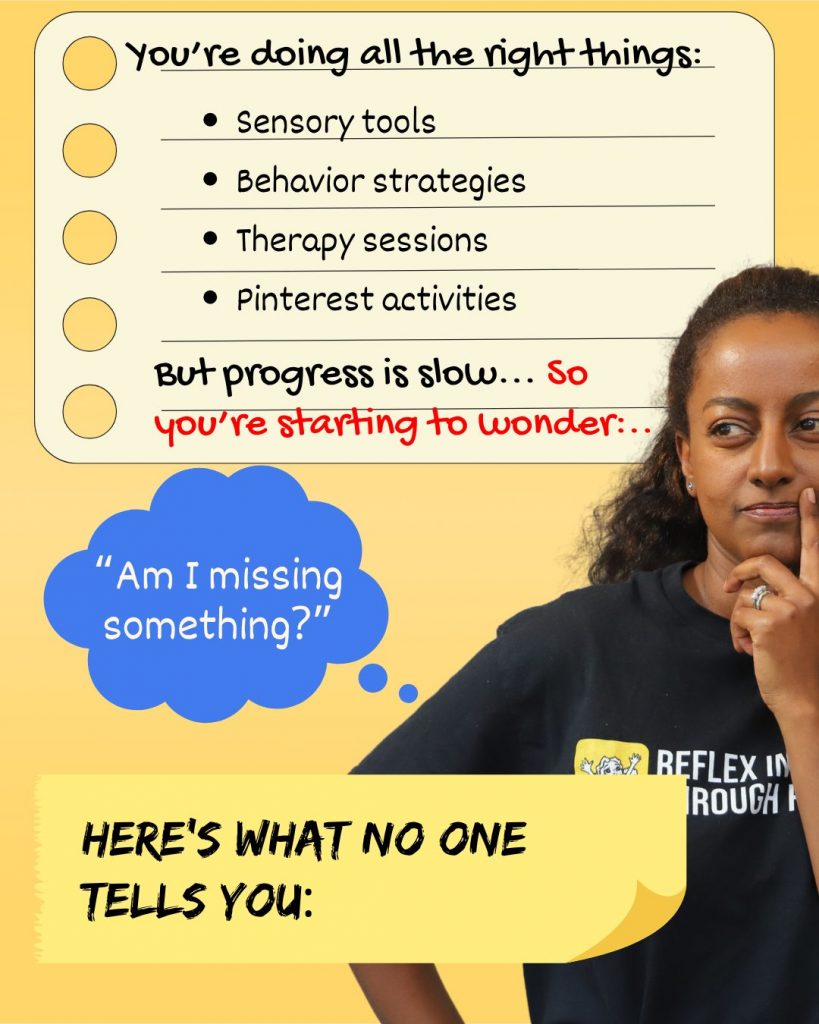

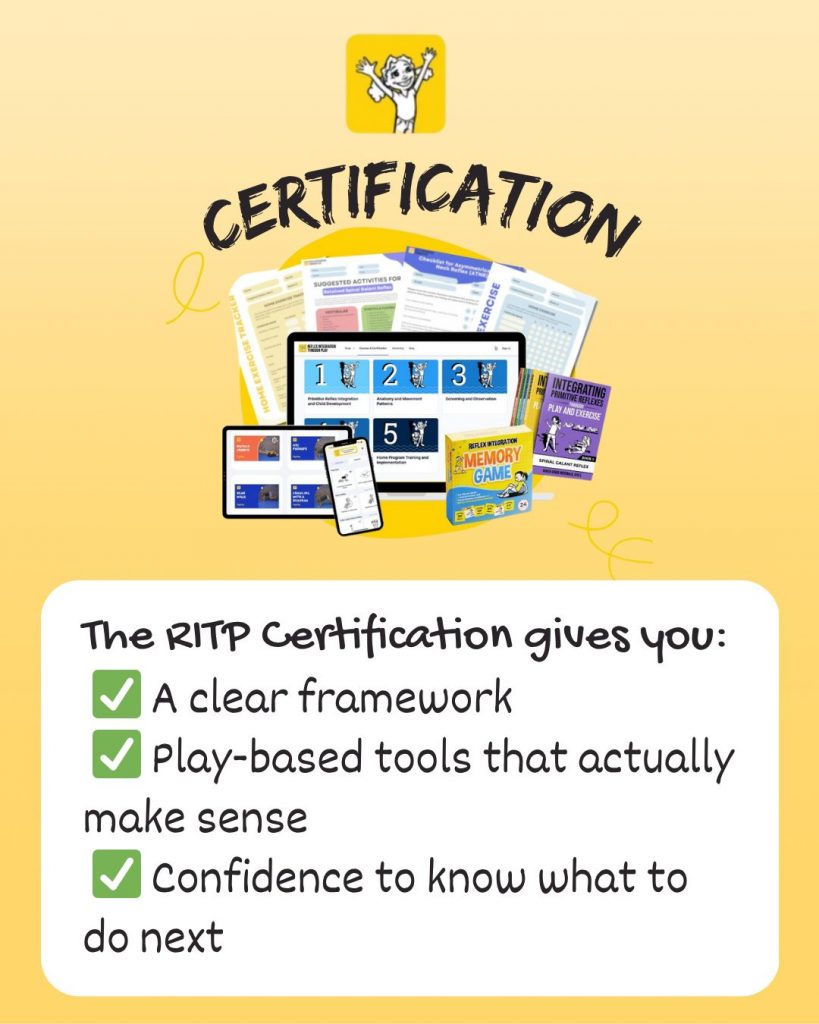
YOU DON’T NEED TO GUESS ANYMORE. YOU JUST NEED TO CONNECT THE DOTS. SIGN UP FOR OUR:
FREE Webinar: Introduction to Reflex Integration Through Play (RITP)
Recording Available Now for a Limited Time! Just sign up below to watch it.
